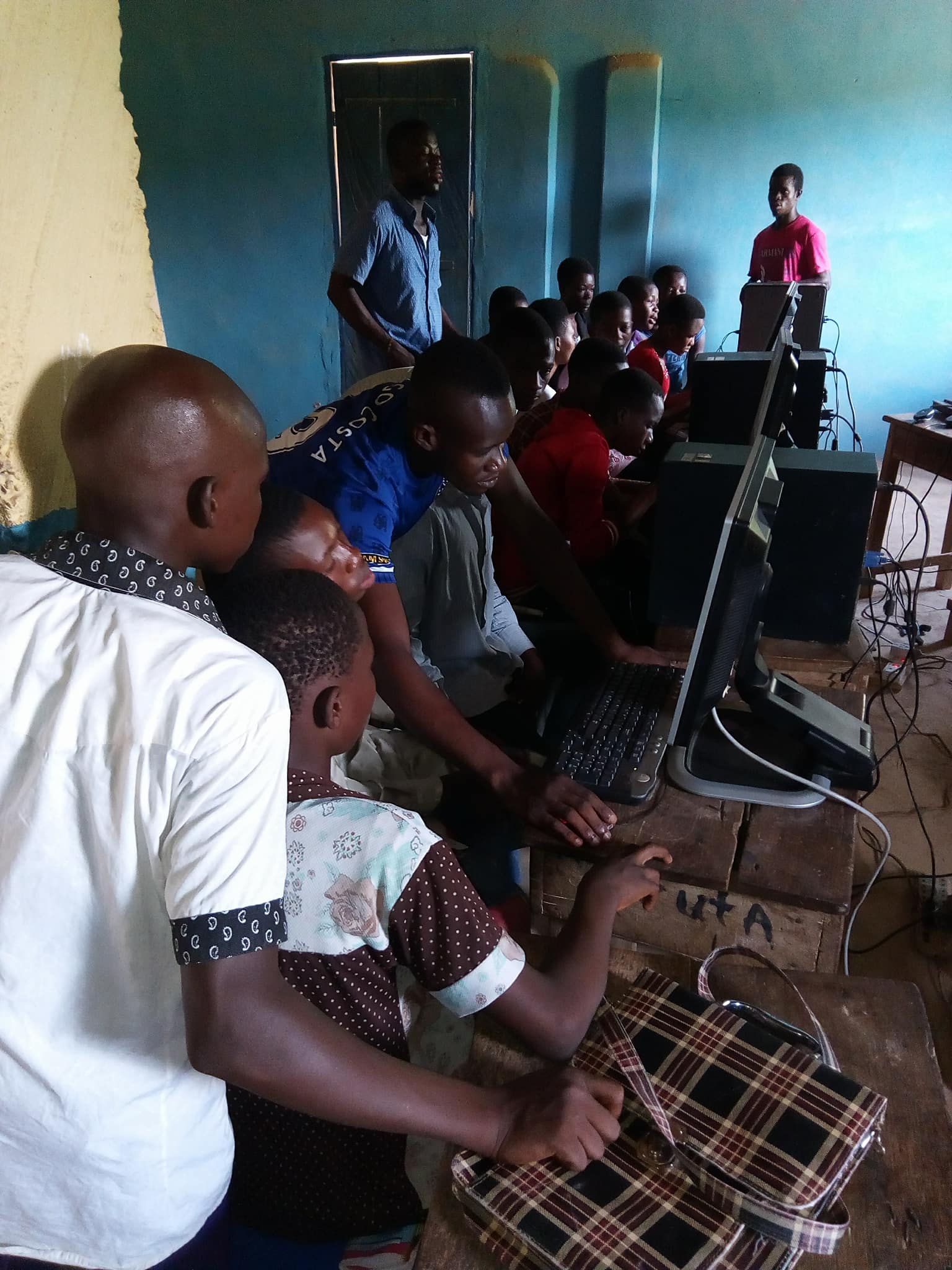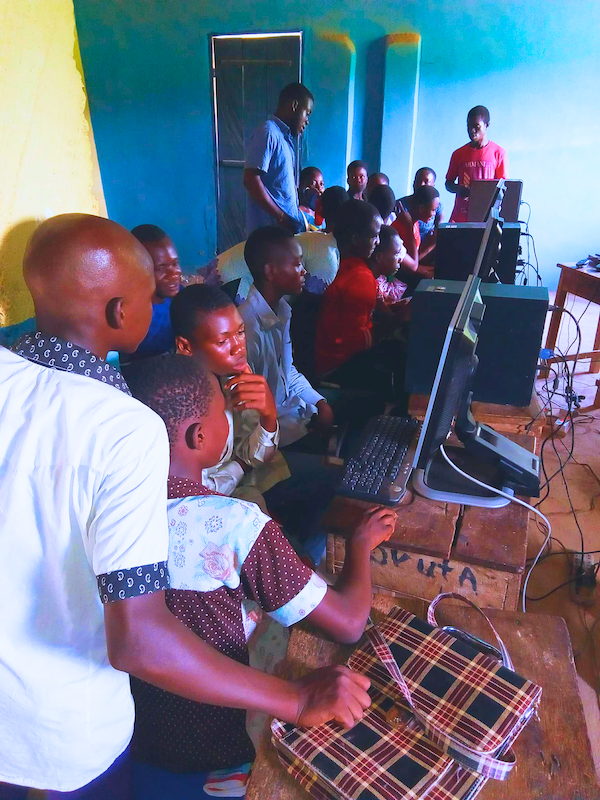The impact of technology has been overwhelming, and its usefulness, as far as adaptation is concerned, has continued to increase exponentially. At best, we are currently able to predict its influence for the next 20 years, as argued in an NSF study. Kurzweilhad also predicted that we would witness a furious growth of technology during the current century but would be unsure of its impact on us. One can say that the adverse effects of technology have been historically documented, from the Mayan prediction of the Balkuna period to George Orwell’s 1984. 21st century information technology revolution may herald this as a way of making life easier.
IT (information technology) revolution is sweeping our civilization bringing about unfathomable changes in our life. Information technology (IT) has the potential to change societal structure and processes similar in scale to that of both the agricultural revolution and the industrial revolution. Today we are experiencing a technological revolution driven by data.
Humanity has progressed from the agricultural revolution to the industrial revolution and is now moving to an data revolution (Data economy). It is the awesome computing power at continuously falling prices and the computers being networked over global telecom highways that is leading to the use of information technology in every sector of human activity be it communication, banking, trading, learning and teaching, entertainment, socialization, government, management and in agriculture.
Just as machines have extended man’s mechanical power and his convenience and comfort, information technology is extending man’s mind and intellectual power as has been seen in the emergence of Artificial Intelligence AI and Machine Learning.
The term information technology has ballooned to encompass many aspects of computing and technology, and the term is now more recognizable than ever before. Looking at the present scenario, one can easily predict the dominance of information technology in daily life. Despite the hectic schedules and lots of burdens, IT always wins in the long run. Globalization and liberation have expended their wings in the world – bringing the global space into a common platform. Ranging from magnificent infrastructure to wearable transmitters, IT manages it all with the internet of things (IoT) ecosystem.
Just as chemical, metallurgical or electrical technologies enable processing of raw materials into usable goods, to satisfy man’s and societies’ needs, so does information technology (IT). It helps in the storage, processing, transmission and exploitation of information to satisfy individual, organizational, societal and governmental needs.
IT enables literacy and education to go up from 10% to 100% within 20 years by making available vast amount of reading materials. That also led to the reformation in Europe. Other breakthroughs in information technology were inventions like telegraph, telephony, wireless telecommunication, television, broadcasting, computers (from room size to desk, to laptop to palm top to wearable ones); there have been breath-taking inventions in electronic and photonics, micro-miniaturization, super and mega- scale integration; optical fiber and communication satellite transmission, electrification and digitization of all information, storage and display device and world-wide telecommunications networks.
There is an urgent need of IT information technology in underdeveloped areas where access to even the smallest bit of knowledge can have far-reaching, long-term effects. communication has come a long way since Cavemen painted their dinner on the wall, and nothing has evolved faster than the internet. In just thirty years, the internet has grown from a broken memo between two professors at the Massachusetts institute of technology into the biggest medium for global communication the world has ever seen. First there was radio then television and as we fade out of the second millennium the internet looks to be a third communication.
Throughout history technology has been the driving force of changes. From moveable type, to television, to the internet, technology has been embraced and incorporated into our daily lives. Within the constructs of civilized society, the vast rewards of technological innovations have far outweighed the negatives. The digital revolution has altered conception of time and distance. It has created a wealth of information that is available at the stroke of a key.
The rapidly changing technological landscape has put students and teachers in the cross hairs. Can a student be positively impacted by this digital revolution? Weaving technology into the curriculum and assessment is paramount to improving pedagogy. Students and teachers alike must be fluent in the language of modernity and wield the tools of the digital age with ease.
The important issues for the evolution of school curriculum is not the available and affordability of sophisticated computers and telecommunications, but the ways these devices enable powerful learning situations that aid students in extracting meaning out of complexity” (Deed, 2000, p.16).
As an educator in the 21stcentury, it is imperative to integrate technology into the curriculum for a variety of reasons. Students can gain from the use of technology and improve performance in the classroom. Students need to be exposed to and familiar with current technologies in order to compete in a world market place.
Children in our day need a global awareness and new economic and civic literacies to work seamlessly with various technologies and integrate those in dynamic social environments (Lee& Spires,2008, p.77). The world is dominated by technology in all forms and in order to be successful in life student must possess 21stcentury skills (CEO FORUM, 2001).
How is the increase use of technology changing marketing in the 21stcentury? A department that needs to be run and managed successfully, marketers need to be extremely vigilant and aware of the constant changes in technology and the different ways that consumers will use various new technology to gain information on products.
According to Marshall McLuhan “the world is faster becoming a global village,” and the thirst for more knowledge and information has been a driving force for the drastic changes in information technology around the world. These changes are what people have termed as the “third industrial revolution.” One can see the basic trends in the IT revolution in terms of its structural changes, from telephony to the internet, fixed to mobile phone and from narrowband to optic fibre. The development in information technology has left an impression on us as individuals not just in the western world but generally. Information technology today has a completely distinct essence to it when compared with how it was perceived to be back in the days.
It is common place to say that nowadays we live in an information society, that is, a world of media saturation which is heavily influenced by information technology, instantaneous movement of information across time and space.
Information technology is so attached to our lives today because half the efforts that we have to make in our life in order to sustain and expand are now being and completed by technological gadgets and machines. For instance, the Smartphone that can allow the individual to surf through the internet on the spot whenever they might need it for assistance and relevant information, surely represents a big feat.
Admittedly, we can conclude that information technology is perhaps the most significant part of our daily lives now and it has taken human life to a wholly new and intellectual level. Furthermore, it has opened infinite routes of receiving information at anytime any place, allowing us to live a much qualified and informed life.
Written by:
Ogo Precious
IT4YUS Scholar 2018







Great post ?